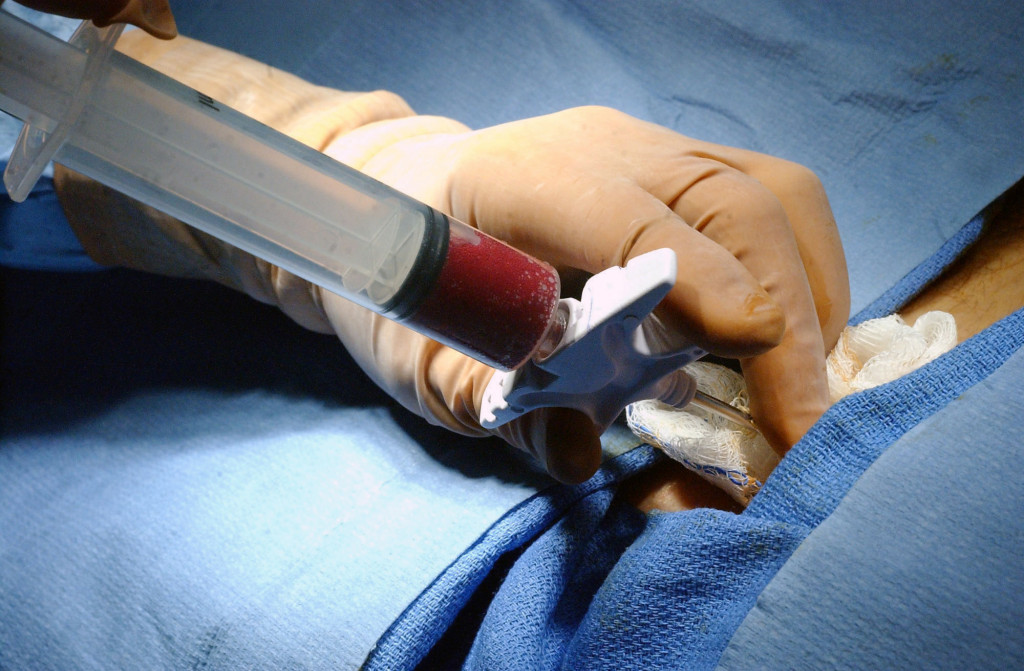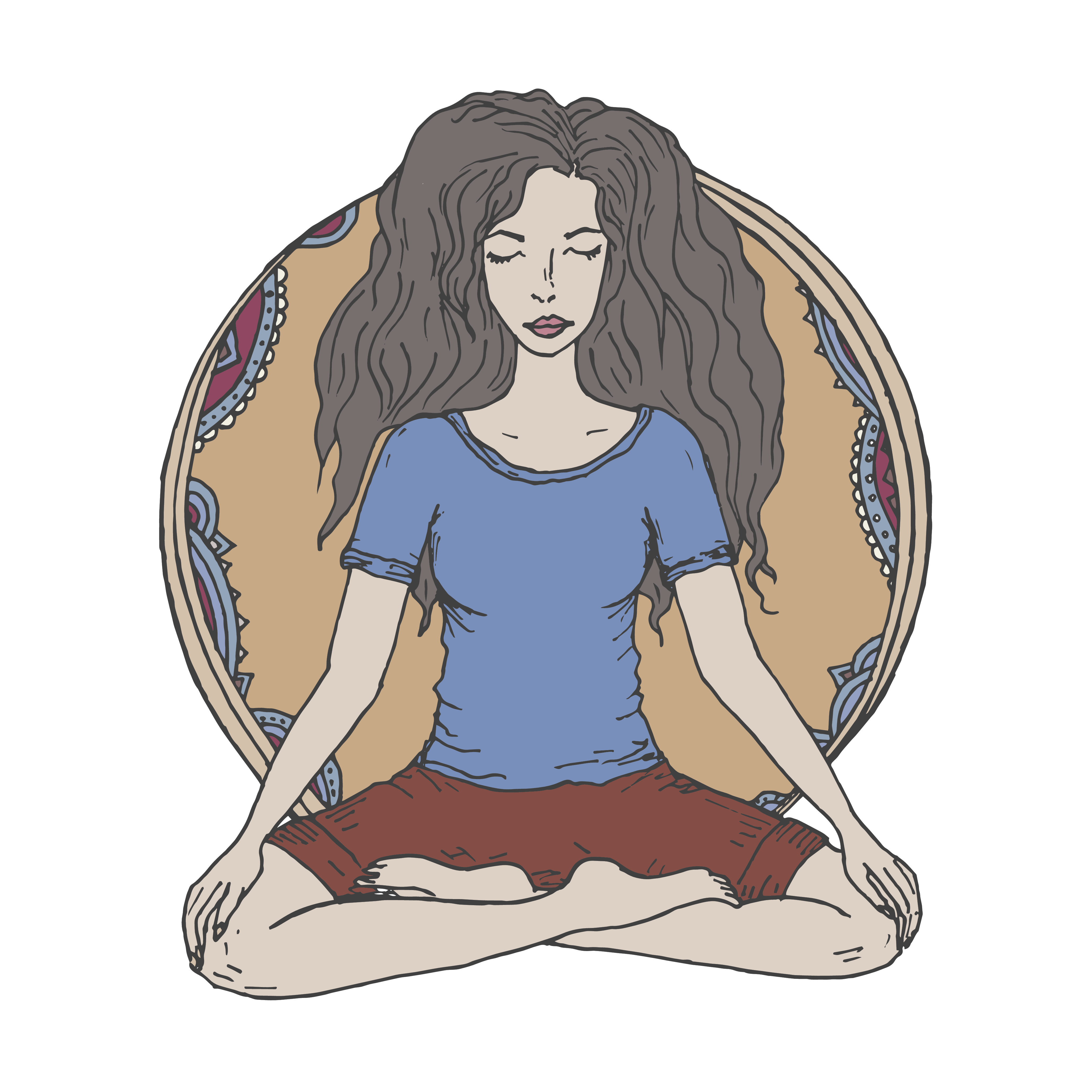Canadian Blood Services need more donors for an important treatment
By Livia Turnbull, Humour Editor
We often do not think about leukemia or bone marrow at all. These things are rarely talked about on TV, unless there is a cute dying child who wants to go to Disneyland. Some people may have needed to donate bone marrow to treat their siblings, but the process itself is rarely talked about. It is a depressing subject, especially for those with friends or children who have or had leukemia. However, there is a way you can help people in need. Canadian Blood Services is looking for people from ages 17 to 50—although they would prefer people from ages 17 to 35—to be bone marrow donors.
Bone marrow is the soft, spongy tissue found inside people’s bones that acts as the site for stem cells to grow into blood cells. When a person has leukemia, their white blood cells reproduce at an extremely fast rate; as a result, the bone marrow itself becomes diseased and has to be destroyed. To be completely cured, that person needs new bone marrow.
Leukemia patients need new bone marrow, but there are not enough matches. Siblings have a one in four chance of matching bone marrow. Identical twins cannot be bone marrow donors to one another because their genetics aren’t different enough to fight the cancer—a transplant wouldn’t kill the cancer cells, and the patient would be in danger of relapsing. However, by donating bone marrow, you may be the rare match the patient needs in order to recover.
Just about anyone can donate bone marrow, but there are certain requirements. To be a bone marrow donor, you must not have cancer, diabetes, HIV, or AIDS. If you lived in high-risk places for dangerous diseases—such as England or Africa—for six months, you may need to have further testing. If you have a diverse ethnic background, you are especially needed, as you have a greater chance of benefitting patients from different ethnic groups.
Applying to be a bone marrow donor is very simple and it costs absolutely nothing. All you need to do is go to www.onematch.com and answer a series of questions. Once you submit your application online, you will receive an email thanking you for your enrolment thus far. The information you sent will be processed within five business days and, if you do not need to have further testing, you will receive a Buccal swab kit in the mail. You will have to swab the inside of your mouth and then send it back to them along with a form containing your signature.
After that, it is just a matter of waiting for a match. You cannot pick your match, so if you have someone in your life that needs bone marrow, unfortunately you will have to keep hoping for another donor. However, once you’ve found that match, you will have a chance to save another person’s life. You won’t feel a thing during the transplant, but you’ll be in pain as you recover for a few days.
People with a high-risk form of leukemia only have a 15 per cent chance of surviving five years without a match. On the other hand, people with a low-risk form of leukemia have a 70 per cent chance of surviving the same amount of time without a match. Even after five years, the cancer can still come back. You can break the cycle. Donate bone marrow before it is your turn to need a donor.



